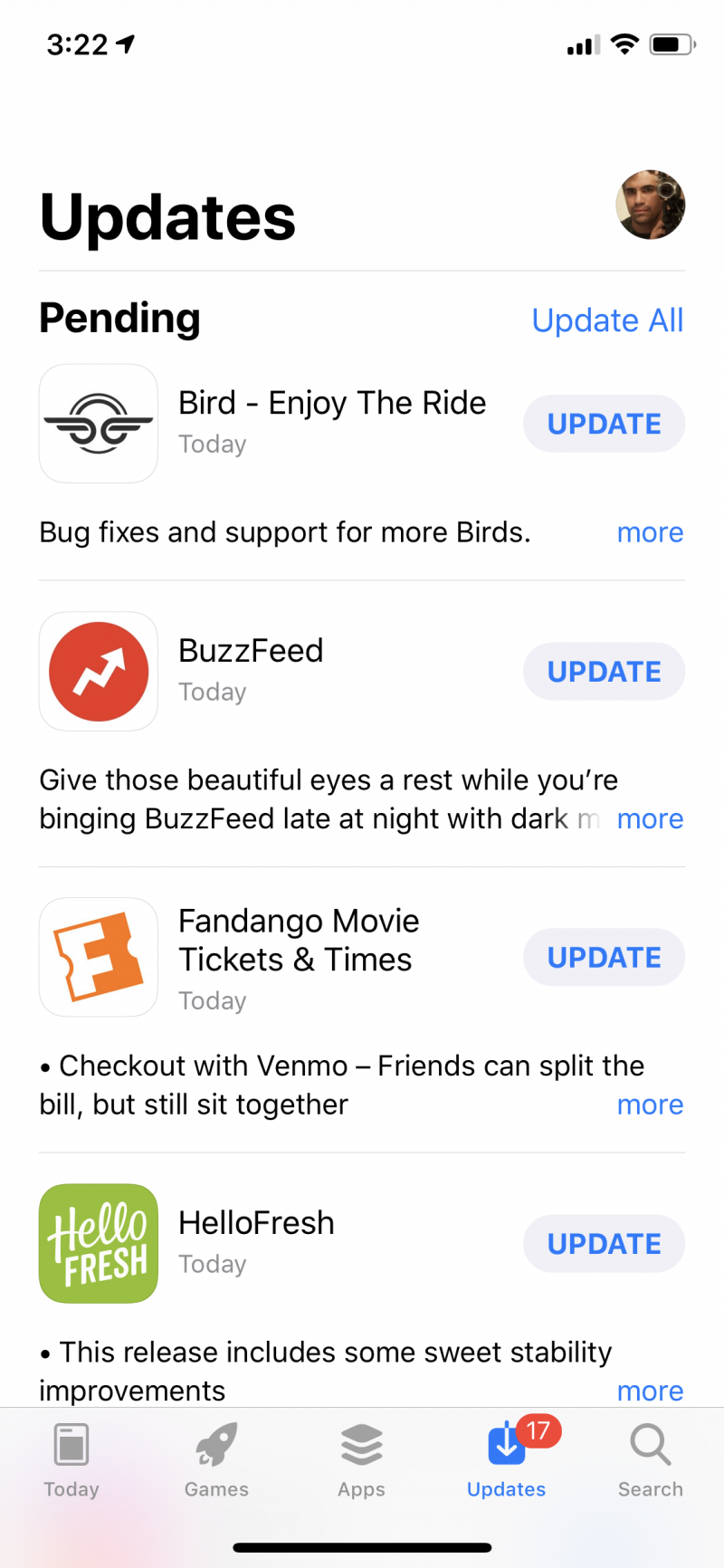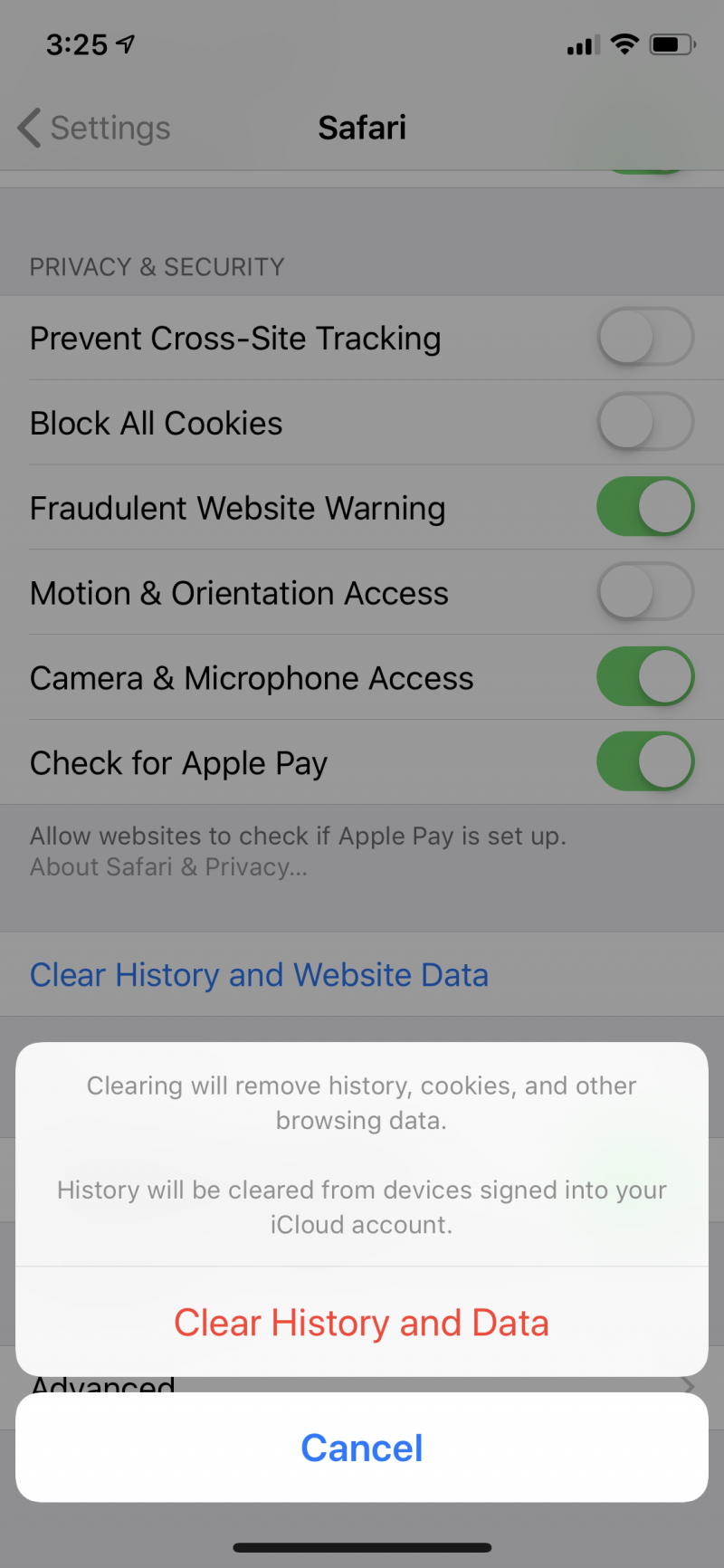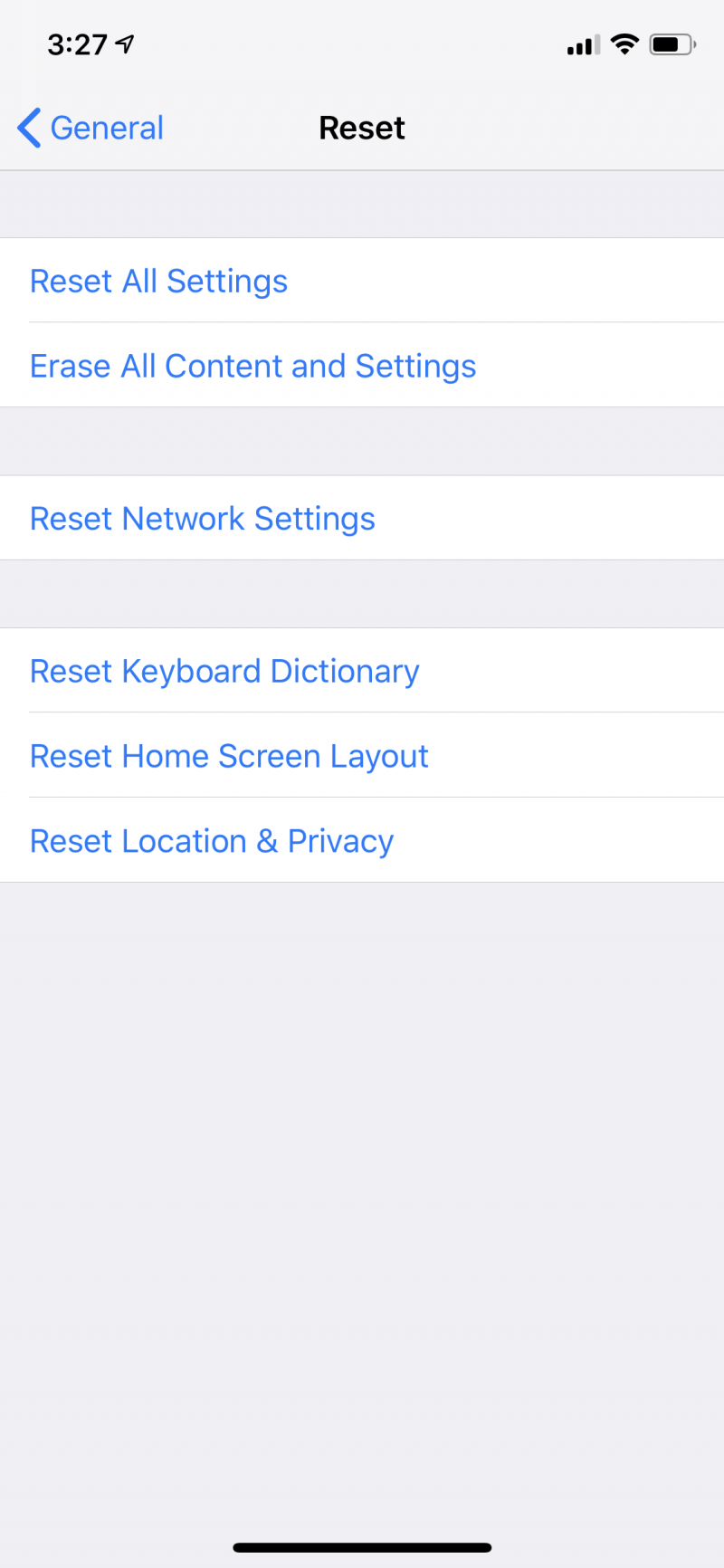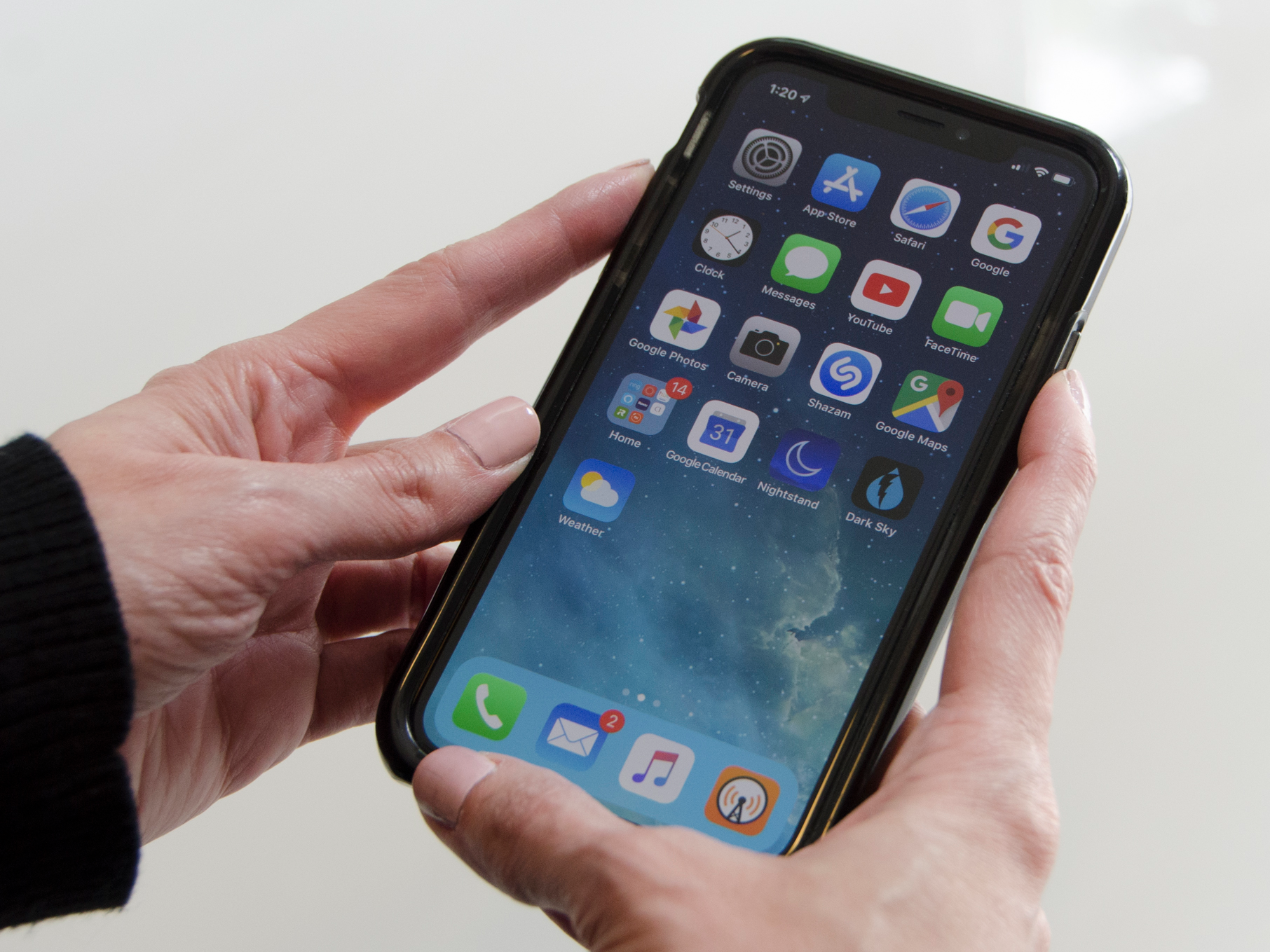- The risk of viruses and malware infecting your iPhone is extremely low, but if your iPhone behaves oddly, there are simple steps you can take to eliminate an existent virus.
- If you can narrow the problem down to a single app, uninstall it and see if the problem goes away.
- Restart the iPhone to see if a simple “reboot” eliminates the problem. Also clear Safari’s cache.
- As a last resort, you can restore the phone to an older backup that predates the glitch, or reset the phone to its original factory settings.
- Visit BusinessInsider.com for more stories.
It’s always a good idea to be cautious about the risk of viruses and other malware, but when it comes to your iPhone, you don’t have much to worry about. Dionisio Zumerle, senior director at research firm Gartner, sums it up this way: “The chances of catching malware on Android go from 0.05 to 0.71 percent. I would say that the percentage for iOS would be even lower than that, making the risk of iOS malware fairly low today.”
Even so, it’s possible to defy the odds – however slim – and end up with an infected iPhone. Or, at least, have a phone that behaves like it might be infected. Here’s what you can do to troubleshoot the problem and remove malware from your misbehaving phone.
What problem are you having?
Thanks to the way Apple designed iOS, malware generally can’t do a lot even if it finds its way onto your phone. Typically, look for behavior like Safari redirecting itself to web pages you did not request, email and text messages being sent automatically without your permission, or the App Store opening on its own.
Even so, these aren’t guaranteed signs of a virus. Depending on what kind of apps you have installed – especially automation apps like IFTTT – some of these things can happen on purpose. Other potential symptoms, like frequent app crashes, settings changing, or buttons performing different actions than you expect, may actually be the result of a bug or an iOS update changing something without your knowledge.
Read more: Can iPhones get viruses? Here's what you need to know
Determine which app is to blame
No matter what symptoms you are experiencing, the first thing you should try to determine is if the problem you're experiencing happens all the time, or only when a specific app is running. Take note of the problem and see what app you are using when it happens.
If you can narrow the problem down to a single app, see if there's an update available for it in the App Store. That may solve the problem, but if it doesn't, uninstall that app. If the problem definitely goes away after uninstalling the app, you now know the root cause. You can try to reinstall the app again to see if the problem is eliminated, or contact the app maker's tech support.

Restart your phone
If you can't narrow the problem down to a single app, then your next step should be to restart your iPhone. Just like rebooting your computer, turning your phone off and turning it back on again can solve a lot of unexpected problems.
Clear Safari's cache
Certain problems, especially ones related to web browsing, can be solved by clearing your browser's cache. This is especially true if you find that Safari redirects to web sites you didn't request or links stop working the way they should.

Restore your phone to an earlier backup
If none of those things solve your problem, it might take more extreme measures to try to get your phone back in top shape. If you have a pretty good idea of when your phone started experiencing problems, you might be able to restore your phone to a backup that dates back before your infection. Remember, though: this will erase everything added to your phone since that backup, including apps, photos, and music, so only do this if you are sure you have a serious problem and nothing else has worked.
If you really want to try this, reset your iPhone to its factory settings, and then - after your phone is completely reset - sign in to your Apple ID from your fresh iPhone and then choose a recent pre-infection backup to restore the phone. Remember not to restore the most recent backup, or you'll be right back where you started.
If that doesn't solve your problem, you can repeat the process and try again with an older backup.
Start fresh with factory settings
If resetting your phone to an older backup didn't fix the problem - you're still affected by the malware or another glitch - you have one last gambit to try. Reset the iPhone to factory settings, and instead of restoring a backup, set up the phone as a new device. Do not restore any apps or data.

Instead, work with the phone in its new factory-fresh condition. If the problem is gone, start manually downloading the apps you lost.
If the problem remains even after resetting the phone, what you have is a hardware problem. No virus can survive on the iPhone through a factory reset, so you should take the phone to an Apple store for servicing.
Preventative maintenance
As indicated, the chances of your iPhone getting infected by malware are very small. And indeed, there are no true antivirus apps for the iPhone, which is itself a sign of how low the risk actually is. But to stay safe, keep these tips in mind:
- Keep your phone up to date. Be sure to install iOS updates whenever they're available, and install app updates regularly.
- Never jailbreak your phone.
- Don't install apps from any location outside the App Store. Generally, you can't do this without jailbreaking a phone, but developer tools let you circumvent this to install test versions of unreleased apps. Avoid this.

